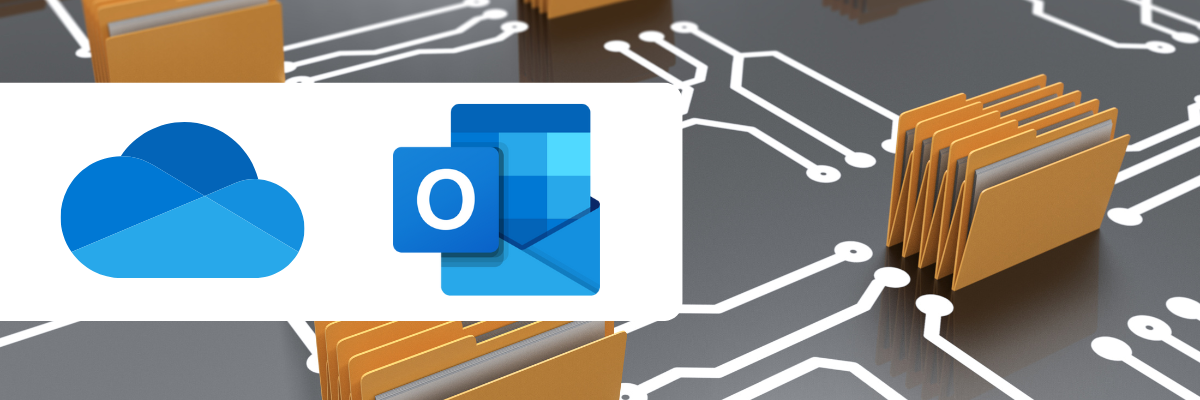The Click That Wasn't
Kieran O'Trouble, a dedicated administrator at the prestigious Emerald University, arrived at his office one typical Monday morning. His day generally involved the student inquiries, handling admissions data, and responding to departmental emails. But this Monday was different. Nestled among his inbox's regular flow of emails was a message that seemed urgent. The subject line read, "Important: Update Your Payment Details for University Payroll".
Clicking it open, he scanned the email. It urged him to update his direct deposit information by following the provided link. The email was well-formatted, using the official university logo, and included a message from someone Kieran vaguely recognised someone who worked in HR.
Though Kieran was accustomed to handling administrative tasks quickly, something felt off about the request. He remembered something that he heard at the online training event he attended during Global Cyber Security Awareness Month last year: ‘Phishing attempts often mimic familiar institutions but use subtle tricks to deceive.’
Could this be a real-life example of a phishing attack? Kieran hovered his mouse over the link in the email, revealing the URL. The address, while similar to the university's official domain, had a few suspicious characters—an extra letter and a different extension. The website URL was not what it seemed.

/prod01/channel_3/media/tcd/itservices/images/news/sharepoint-header-(43).png)
/prod01/channel_3/media/tcd/itservices/images/news/T4-news-image-inside-(1).png)
.png)